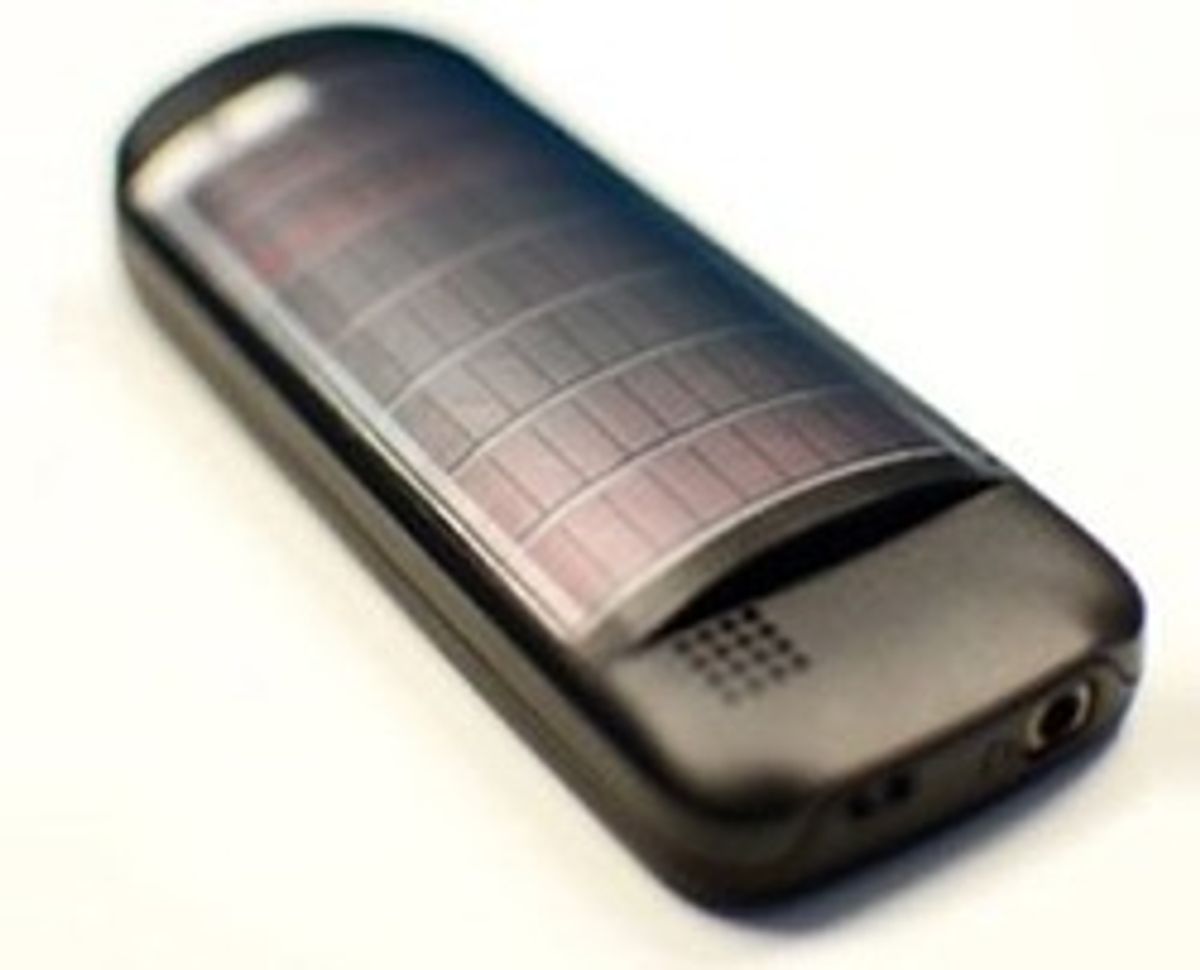From June to September last year, five people in diverse environments around the world carried around special mobile phones made by Nokia. The prototypes were equipped with thin-film silicon solar panels on their back cover and a data logger to report harvested solar energy. The goal of Nokia's solar charging project was to find out how viable and easy it is to charge a cellphone using sunlight.
The results are disappointing, unless you live in a sunny locale near the equator and are able to stay outdoors most of the day with your phone clipped to your belt or in a holder around your neck. The phones were, at best, able to harvest enough energy to stay in standby mode, but with only 10 to 20 minutes of talk time. An hour of talk time was possible only after a full day’s exposure to the sun. In a blog post, Nokia says that “there’s still some way to go before a workable and care-free solution is achieved.”
The biggest challenge, according to the handset maker, is the limited size of the back cover. What’s more, the amount of charge generated depends not only on amount of sunlight and weather conditions, but also on the user’s lifestyle and the angle of light falling on the phone’s panels.
Two of the project’s testers were inside the Arctic Circle, one was in southern Sweden, one in Kenya, and the fifth was sailing in the Baltic Sea. The best results came from Kenya, where the sun is plentiful, and the tester, a security guard, was often stationary. In 59 days, the guard gained 20 hours talk time or enough standby for 41 days. That's good news given the booming mobile phone market and uncertain electricity supply in most African cities.
In the Arctic, meanwhile, even though the sun shone for 24 hours, the low angle meant a lot of shadows. In 65 days, one tester gained enough energy for 17 hours talk time, while the other harvested 2.2 hours talk time in 49 days. Needless to say, the energy harvested would be zero in the three months of winter darkness.
As per Nokia: “For people who live in parts of the world with constant sunshine, such as Kenya, and who can’t just plug in and load up on electricity, solar charging is definitely an option.”
Nokia launched the first solar-powered phone back in 1997, according to IT World. More recently, Samsung and LG have introduced smartphones with a solar panel in the back cover, but the technology still isn’t mature enough for the mainstream market.
PHOTO: Nokia
Prachi Patel is a freelance journalist based in Pittsburgh. She writes about energy, biotechnology, materials science, nanotechnology, and computing.


